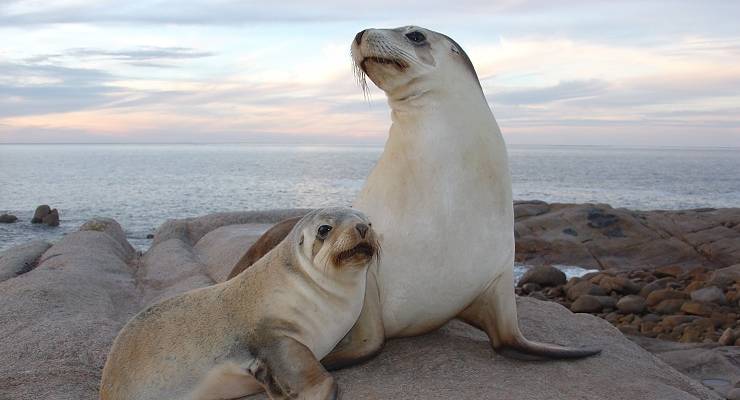
In an echo of reports past, the World Wide Fund for Nature’s (WWF) latest Living Planet Report found species loss on the rise, biodiversity on the decline, and government action (still) stalled.
The biennial report released today details a 69% deterioration in monitored global wildlife populations between 1970 and 2018.
Although dire, these findings are in lockstep with past reports.
In 2020, the WWF noted a 68% fall in monitored global wildlife populations between 1970 and 2016. Of the 1100 monitored populations in Australia, almost all were deemed to be in continual decline, with some species shrinking by up to 97%.
In 2018, global decline was 60% between 1970 and 2014. Mass coral bleaching events, overfishing, and pollution in Australia altered the species composition of 29% of the 3863 reefs that make up the Great Barrier Reef.
In 2016, it was down 58% up until 2012. Australia scored a special mention for rapid decline of small mammal populations in its savannah. In 2014, it was down 52% up until 2010.
Each year more species are monitored and included in WWF reports, but the trend remains clear: more species are threatened or are going extinct. These reports also document decades of negligence, inaction, political partisanship, and policy failure. In Australia, successive governments have pushed back on expert advice about what’s needed to address the climate and biodiversity crises.
Environment Minister Tanya Plibersek last week released the government’s Threatened Species Action Plan which laid out a pathway to halt species extinction and build back dwindling populations.
While experts are optimistic about the “ambitions” of the new government, Deakin University professor of wildlife ecology and conservation Euan Ritchie told Crikey that ambition does not equal action: “We’re not tracking the way we need to. We’re not addressing the key threats, we’re not implementing laws, and put simply, there’s just not enough money.”
The federal government has allocated $225 million (over a number of years) for 110 priority species in 20 places. It’s estimated Australia needs to invest $1.7 billion per year if it wants to recover its list of threatened species.
“The government is willing to put $250 billion towards stage three tax cuts and yet they can only find $225 million to address species loss and extinction,” Ritchie said. “Government goodwill is one thing, but if there’s no money to back it, we can’t turn things around.”
The report makes clear that a net-zero approach is insufficient when it comes to biodiversity. It calls for a “nature-positive” or “net-positive” goal to “reverse the loss of nature”. But Ritchie says we’re not even halting species loss at the moment.
“The Threatened Species Action Plan has ambitions for no further extinctions, but unless something changes then further extinctions are guaranteed,” he said. “Australia stacks up appallingly.”
So what needs to change?
Bipartisan commitment to the environment as a “public good” is a first port of call. Likewise laws that lock in targets, more resources, and an economic shift away from the idea of “constant growth”, says Ritchie.
WWF Australia governor and report author Associate Professor Bradley Moggridge agreed that Australia needed to move beyond the colonial concept of the environment as an asset. Moggridge, a Kamilaroi man, specialises in First Nations knowledge of water management.
“Water is at the centre of healthy people, healthy country, healthy culture. If we value water in that regard, then we’re not going to see destruction of habitat,” he said. “Currently, we only value water as a commodity. It should have a higher value than the dollar value.”
Moggridge says that reframing the value of First Nations knowledge is also part of this: “Our songs and dances that talk about the law of the land, they’re not seen as credible evidence. They’re deemed myths and legends, but they form tens of thousands of years of observations that document the natural evolution of our country.”








Yes… The government wants a reduction in emissions to combat CO2 rises but will not put anything more than cosmetic restrictions on land clearing and logging.
“We’re not tracking the way we need to. We’re not addressing the key threats, we’re not implementing laws, and put simply, there’s just not enough money.”
Cuzzy bruz managed the place for 60,000 years without any money.
Saving the world is too expensive.
The world doesn’t need saving. Some humans do, but fug em.
They tend to be as high maintenance as they are loud.
Are their numbers increasing due to climate change?
Or social change.
Our politicians are getting unseen benefits for allowing the rape of the country with all it implies in trrms of deforestation and species loss.
Nothing will happen till we can jail a few.